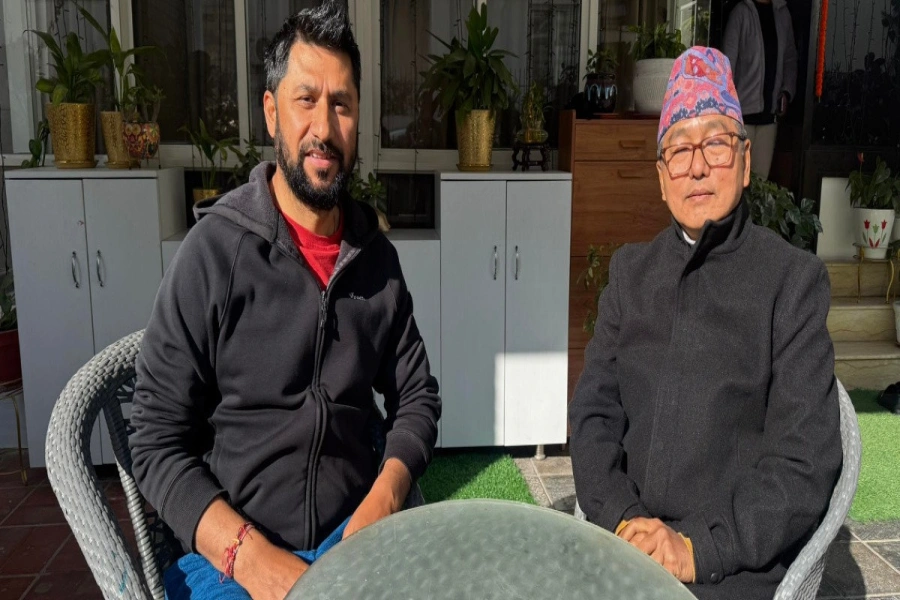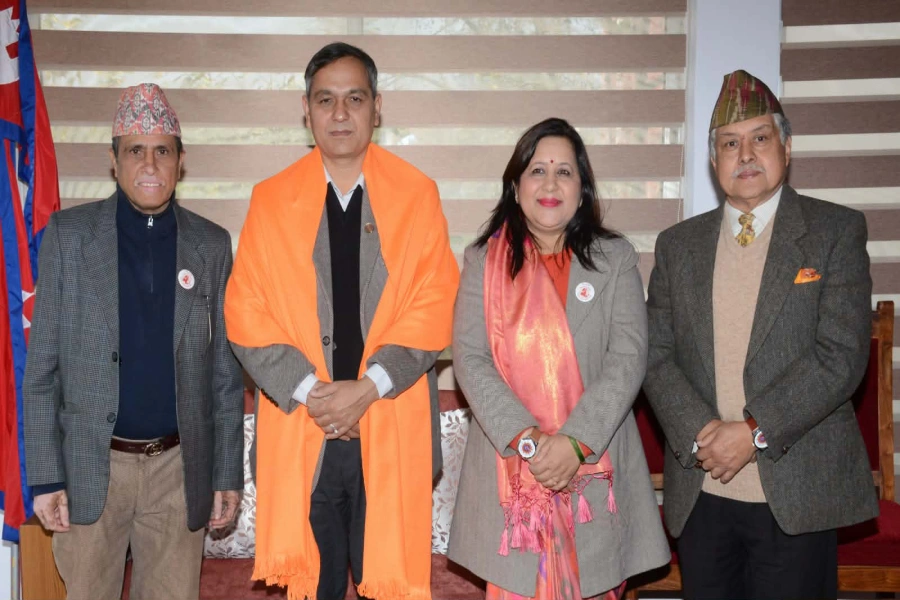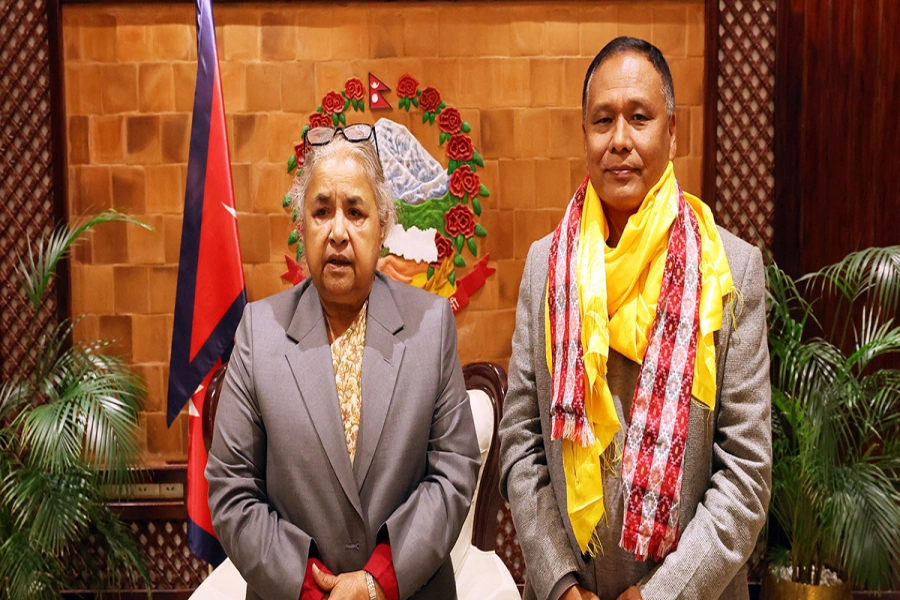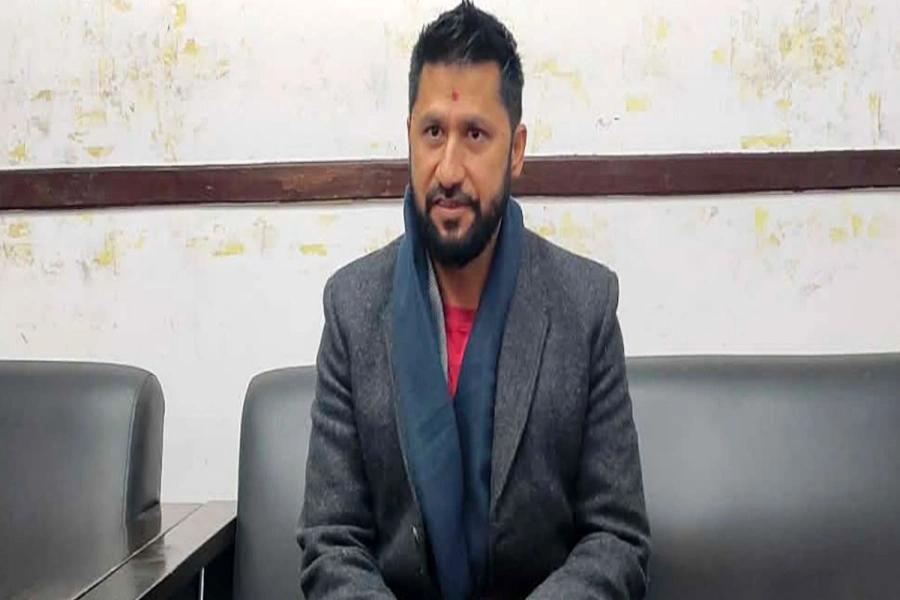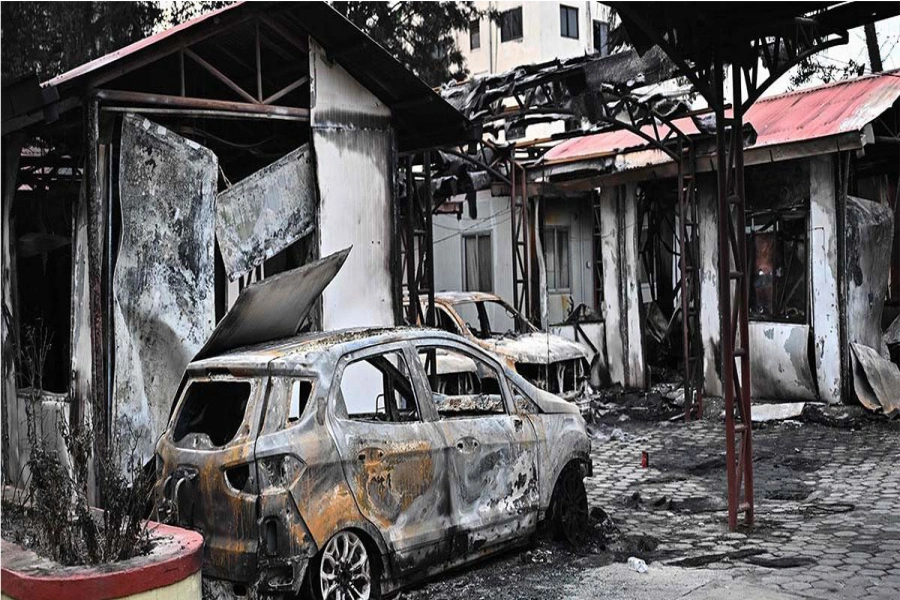Nepal’s higher education system faces significant challenges, including a brain drain of talented students who pursue studies abroad and often do not return
Nepal’s higher education system can benefit immensely from the establishment of small, specialized universities. These institutions could provide high-quality, relevant education that aligns with the needs of the local economy and society. By drawing inspiration from successful small universities worldwide, Nepal can create a network of institutions that retain talent.
Recently, I witnessed a powerful scene involving a young man addressing his friends, who had chosen to settle abroad. This young man, in his late twenties, made a heartfelt appeal to his peers: “You left the country because you found our homeland in disarray–and perhaps it is. But if our home is in a mess and we don’t clean it, who else will? We need you. Finish your studies and then please come back so that we can clean up our home together.” The pain and urgency in his voice were palpable, resonating deeply with his friends, who nodded in agreement. Yet, this raises an important question: what more can we do to retain our brightest young minds? The answer lies in providing them with quality higher education options within the country.
The trend of young people pursuing higher education abroad is skyrocketing. The traditional advice to “choose your passion” when selecting a field of study is becoming increasingly nuanced. Students now seek not only personal fulfillment but also a clear path to a prosperous and happy future. Their choices should ignite enthusiasm and offer promising career opportunities.
In our increasingly interconnected world, the choices students make regarding higher education are growing more complex. While the allure of studying abroad is undeniable, it is crucial for students to consider the long-term implications of their decisions. The young man’s plea highlights a critical point: the need for a balanced approach that considers both personal aspirations and societal responsibilities. Thoughtful policy measures can transform Nepal’s higher education landscape.
Experts warn of brain drain as Nepali students struggle to obta...

Why Not Smaller Private Universities?
Nepal’s higher education system faces significant challenges, including a brain drain of talented students who pursue studies abroad and often do not return. To counteract this trend, the country should consider establishing small universities that can develop robust curricula and specialize in specific fields. These institutions can offer high-quality education, foster strong community and industrial connections, and contribute to the nation’s development. Global examples demonstrate how small universities have successfully achieved these goals.
Bennington College in Vermont, for instance, empowers students to design their own courses of study, allowing them to pursue their passions and develop expertise in unique areas. With a student body of about 800, the college emphasizes self-directed learning and a close-knit community, creating a dynamic educational environment where students are highly engaged and motivated. Similarly, Harvey Mudd College in Claremont, California, is renowned for its rigorous STEM programs. With approximately 900 students, its small size facilitates close interaction between students and faculty, fostering a collaborative and supportive academic atmosphere. The college’s emphasis on hands-on learning and research equips students for successful careers in science, technology, engineering, and mathematics. Could such models be too ambitious for Nepal to aspire to?
Nepal’s higher education system can benefit immensely from the establishment of small, specialized universities. These institutions could provide high-quality, relevant education that aligns with the needs of the local economy and society. By drawing inspiration from successful small universities worldwide, Nepal can create a network of institutions that retain talent. If innovation is key to the country’s development, quality education paves the way for breakthroughs. This balanced approach not only helps bridge the gap between personal aspirations and societal needs but also ensures a brighter future for all.
The Potential of Autonomous College
Consider the example of India, where higher education is on a steady path of progress. The autonomous college system in India was introduced to enhance academic standards and operational efficiency. Initiated in the 1970s and emphasized in the National Policy on Education (1986), the system gained momentum in the 1990s with the detailed guidelines of the University Grants Commission (UGC). The 12th Five-Year Plan (2012-2017) and the New Education Policy (NEP) 2020 further supported the expansion of autonomous colleges, highlighting their role in promoting innovation and elevating educational standards. Autonomous status enables colleges to design curricula, introduce new courses, and adopt innovative teaching methods, thereby enhancing education quality and graduate employability.
Autonomous college is another big step forward for higher education in Nepal. With the active role of UGC in monitoring and mentoring education quality, granting autonomous status could allow colleges to progress and flourish in providing courses that bridge the gap between industry, community needs, and academia. Embracing diverse programs, robust syllabi, modular exams, and personalized curriculum development is not an unattainable dream. By catering to the intellectually diverse population of young students, Nepal can maximize brain gain. After all, diversity is an integral part of democracy.
Lessons from India’s NEP 2020
India’s National Education Policy 2020 (NEP 2020) was debated, questioned, and doubted, yet it has been implemented across all states in India. NEP 2020 has revamped many aspects of education. The policy aims to create a more flexible, holistic, and multidisciplinary higher education system. It proposes establishing large, multidisciplinary universities and colleges, with a greater emphasis on liberal arts and vocational courses. Additionally, the policy underscores the importance of teacher training and professional development. It proposes establishing National Professional Standards for Teachers (NPST) and mandates a four-year integrated B.Ed. degree as the minimum qualification for teaching by 2030. Measures like NPST are long overdue at the policy level to ensure teaching standards in Nepal.
The Nepal government’s economic survey of 2021 reveals a concerning trend in the education system: over two-thirds of students who enroll in Grade One drop out before reaching Grade 12. The retention rate up to Grade 10 is also troubling, with 36 out of 100 students leaving school by this point. This alarming data underscores the urgent need for comprehensive reforms in the education system. This issue is not unique to Nepal; it is a challenge faced by countries worldwide, whether in the West or Asia.
One critical area for improvement is developing alternative professional programs for students who drop out, ensuring they have viable pathways to contribute to nation-building efforts. Varied professional courses with specific skills help individuals adapt to changing job markets, address skill gaps, and improve earning potential. Well-structured professional courses produce a well-trained workforce, ultimately contributing to better living standards and economic progress in Nepal. Wouldn’t the over 700,000 young people who were compelled to seek skilled jobs abroad, or the over 100,000 students who flew abroad for tertiary education last year, choose to stay in Nepal if similar opportunities were available in their homeland? And it is doable! All that needs to be done is to democratize–not politicize–education.



